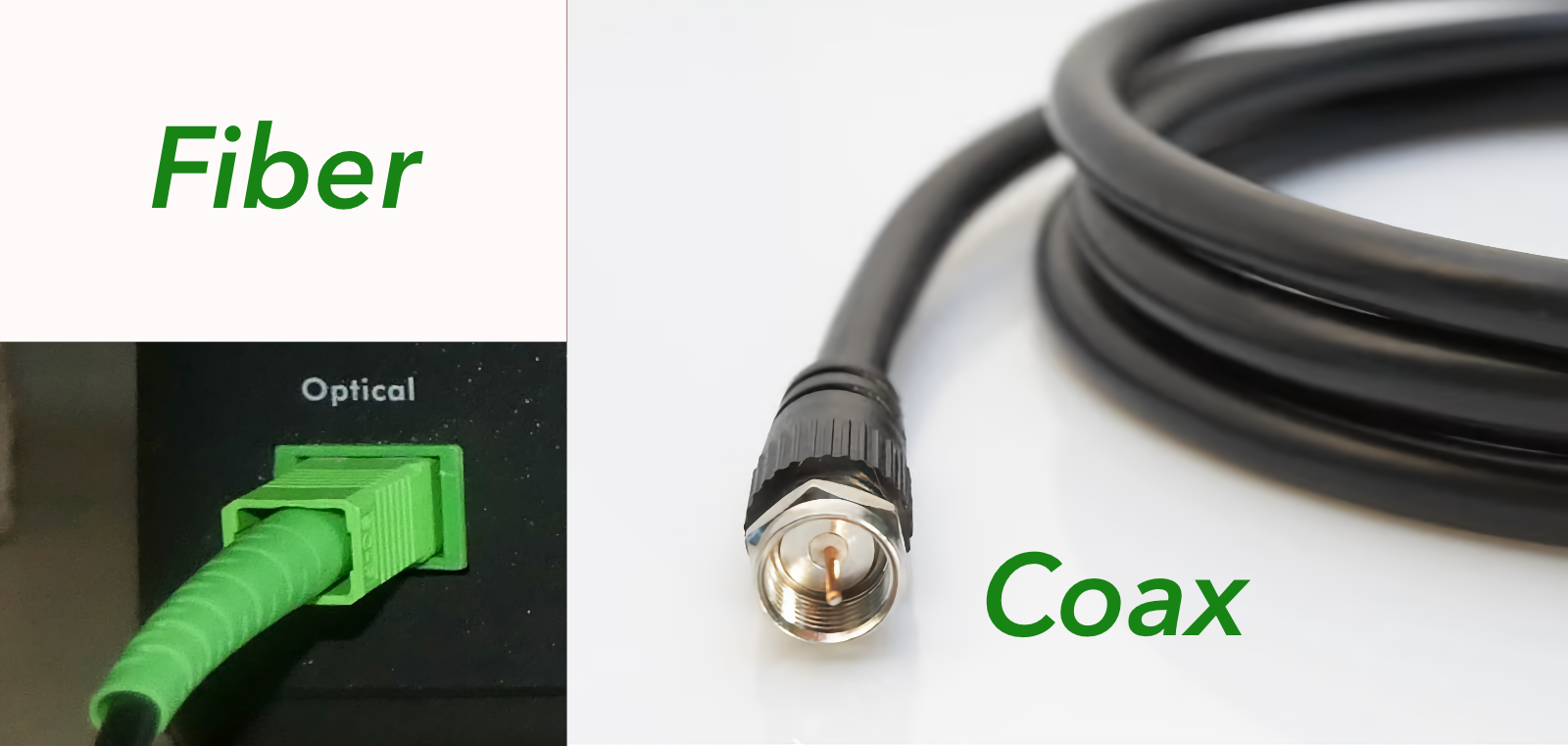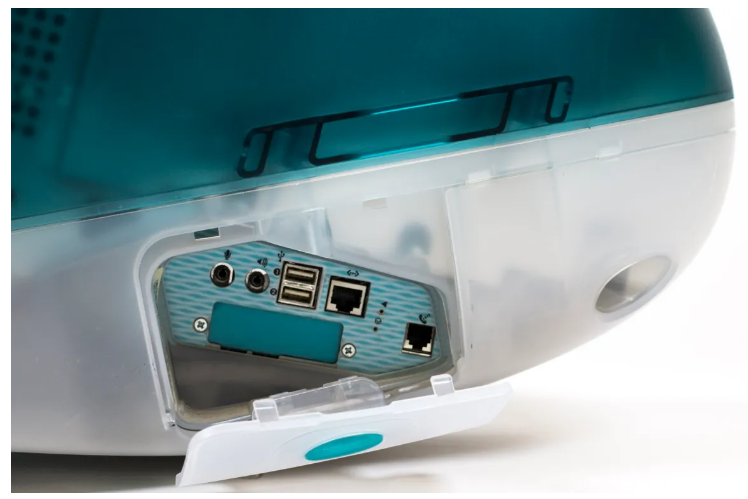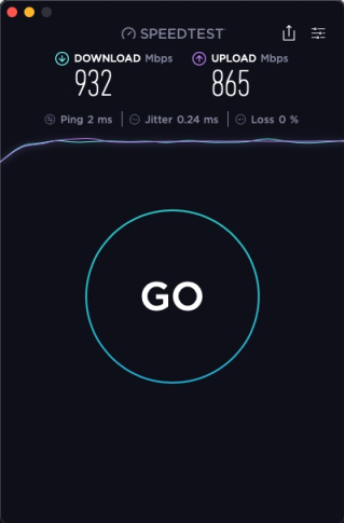Choose The Right Technology For The Decade
Blacksburg, Virginia, 11/17/2022

If you’re an adult enjoying the last couple of months in 2022, you likely have faced your fair share of technology decisions. Maybe you remember the decision to get your first cell phone or even better, the decision to upgrade your flip phone to a smartphone? Then there is the life-changing decision to completely give up your landline telephone. Haven’t done that yet? There is still time.
The point is that technology changes and there comes a time when we all move to the next technology. Some of us move faster than others. One of the technologies that I championed for years even before coming to WideOpen is fiber. Some of you have our fiber near your homes in Blacksburg but have yet to take advantage of it even as WideOpen Blacksburg continues signing up customers.
I have been in the technology industry for over four decades whether you believe me or other industry experts, fiber is the future for Internet connectivity for homes.
The reason that I can say this so confidently is that even the old line cable and DSL companies are deploying fiber to the home (FTTH). Verizon long ago stopped doing copper-based DSL as did AT&T. Both are now focusing on only fiber. Recently, we started running into Xfinity/Comcast FTTH. Here is what Xfinity says about fiber.
We’re excited to bring a new all-Internet Protocol (IP) technology, fiber-only network known as EPON (or Ethernet Passive Optical Network) to some communities in your area! If your community has arranged for Comcast to build this new network, you’ll have a faster internet connection, with fast download and dramatically faster upload speeds, access to more advanced TV service and a more reliable network.
So the question is why are they NOT offering you fiber in your Blacksburg neighborhood. The truth is that fiber is expensive to build and if they are already getting revenue from you, they are unlikely to invest a great deal more money to get the same amount of money or less from you.
The other truth is that cable companies are very happy to have you caught between a hard place and a rock with no other company offering better, less expensive Internet connectivity. When cable companies are pressed by communities, they prefer to cloud the decision process by talking about speed upgrades to your current copper cable network. Those rarely come to fruition unless there are competing providers threatening to swoop in and take revenue from the incumbent cable provider.
Industry experts such as the CEO of Bell, Canada’s largest provider of Internet connectivity, have thrown some cold water on the idea that the next generation of coax cable technology, DOCSIS 4.0, is going to solve the upload speed problem for coax cable providers.
The CEO of Canadian operator Bell became the latest to cast doubt on DOCSIS technology’s ability to compete over the long term. His comments came in response to a question about whether Comcast’s recent multi-gigabit DOCSIS demo has Bell concerned that cable players in the country might be able to put up more of a fight against fiber than originally expected.
Bell’s CEO Mirko Bibic argued the trial was conducted in a lab environment – not in real world field conditions. From Bell’s perspective, it still doesn’t see a true path to multi-gig symmetrical speeds using DOCSIS.
“The true symmetrical DOCSIS path is quite unclear, and it’s going to take a while. And even then, I don’t think they’re going to come close to our upload speeds, and it’s going to be an expensive proposition either way,” he said. Bibic said that means operators have to choose: swallow the cost and deploy fiber or make an expensive investment in DOCSIS that has an uncertain payoff.*
To put the final nail in the coax coffin, on November 15, as part of our consulting business we talked to a cable company in another part of the country looking for help. They need help because they have recently been awarded a grant to build 141 miles of fiber and they have also decided to upgrade all of their copper coax connections to fiber.
Actually, the coax-cable coffin has room for one more nail. After realizing that there were no pieces of coax cable in my equipment closet that I could haul out for a picture, I went looking. I went to Walgreen’s which had a wall full of HDMI, Ethernet, and USB C cables but no coax cable, I tried and also struck out at our local Food Lion. I was headed to Lowe’s Home Improvement when I decided to try Dollar General. They had one coax cable but it was behind the counter. It is probably a good rule that if you only find your cables at Dollar General, maybe it is time to start thinking about upgrading how you connect.
All of this means that fiber is future and you should check to see if our fiber is near your home, and if it is, you have another technology decision to make. Are you ready to move up to the Internet’s gold standard of home connectivity- fiber to your house?
If you still need some convincing that you should be thinking about switching to fiber, try this link about staying technologically ahead of your grown kids, Keeping Updated Just Enough to Stifle Giggles.
Or if you really want a dose of how much fun cable technology updates can be, try this post about the last time I upgraded our cable box in 2018. It was the my last cable upgrade since I am lucky enough to be on a fiber network run by North Carolina telephone company that long ago saw the light so to speak and began the process of upgrading their copper network to fiber.
- David Sobotta, Vice President, WideOpen Networks
*Bell isn’t convinced DOCSIS can deliver symmetrical speeds
By Diana Goovaerts, Nov 9, 2022 Fierce Telecom




